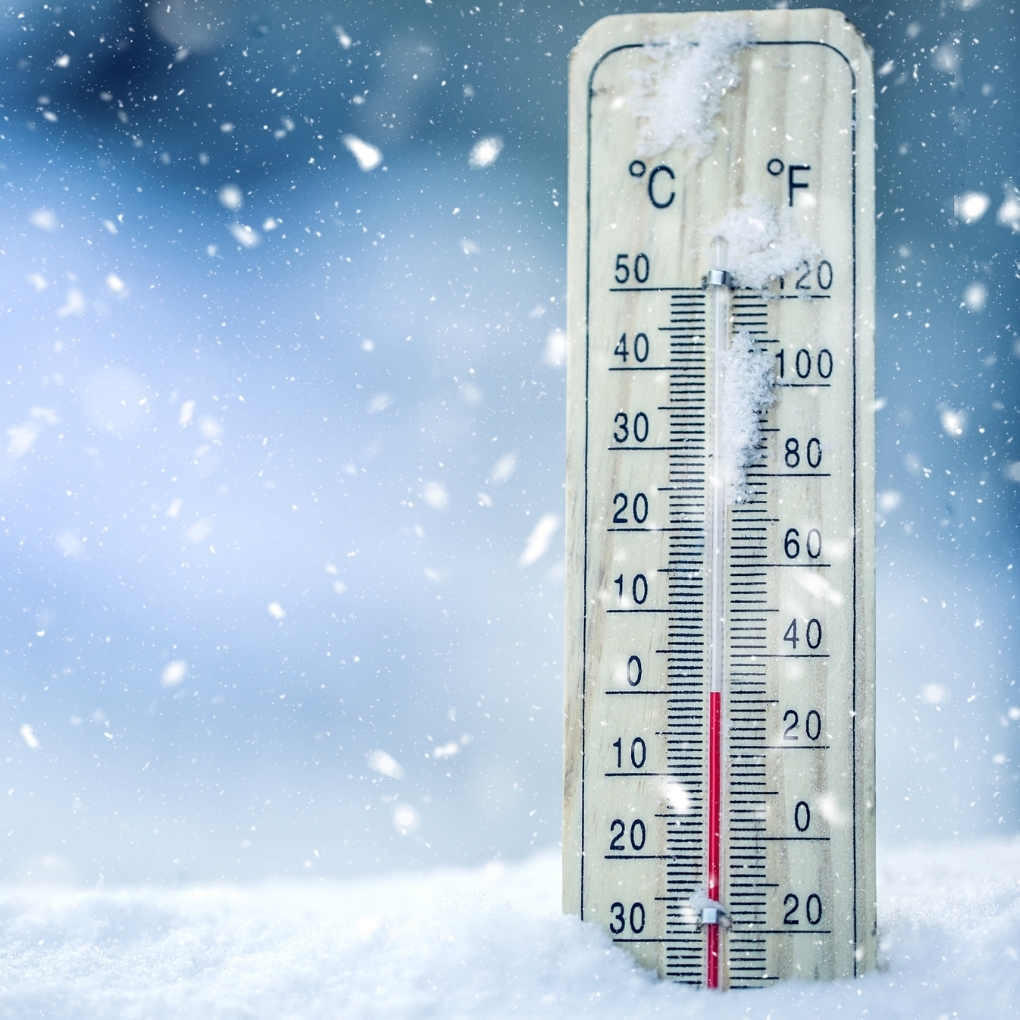How should you dress when it’s cold outside? Dressing for cold weather means protecting yourself from the elements and prioritizing warmth, but it doesn’t mean you have to sacrifice style. Here’s what to wear to stay warm, safe, and stylish when it’s 40, 30, 20, and even below zero outside.
Factors That Affect How to Dress for the Cold
First, let’s look at some factors that affect how cold you’ll feel and what you should wear.
Wind Chill Makes Temps Feel Colder
Wind can make a cold day feel even colder. Wind blows away warm air from around your body, which not only makes you feel the cold more but makes hypothermia and frostbite more likely to occur, too. Check out this chart from the National Weather Service that shows just how much wind affects the “feels like” temperature and increases the risk of frostbite.
The takeaway: When dressing for cold weather, make sure to look for the wind chill factor or the “feels like” temperature and dress accordingly.
Activity Level Matters
What to wear for cold weather depends a lot on what you will be doing. You’ll dress very differently depending on whether you’ll be skiing all day, walking around the city, or going from the house to the car to the office and back.
Pick the right fabrics for your activity level. If you’ll be working up a sweat, say from skiing or running, choose a moisture-wicking base layer made of synthetic fiber like polyester. Avoid fabrics that hold heat and sweat against the skin, like cotton and silk.
Also, dress in layers, and add or subtract as needed. Each layer you add traps warm air, helping to insulate and keep you warm. If you start to overheat, simply remove a layer.
Personal Tolerance to Cold Varies
You have probably seen this in your own life – one person can go outside without a jacket when it’s 40° F out while another person is chilly inside at 74° F. If you don’t have a high tolerance for cold, you’ll probably feel more comfortable with an extra layer or a thicker jacket. But even if you don’t mind the cold and pride yourself on never needing a jacket, cover exposed skin and bundle up when it’s freezing to prevent hypothermia and frostbite.
With those basics out of the way, let’s get to it – how to dress depending on the temperature.
How to Dress for 40-Degree Weather (4° Celsius)
Forty degrees Fahrenheit is cold, but at this temperature, it’s not necessary to wear anything too specialized or technical. At 40 degrees, wear:
Base layer: This layer is optional, but if you’ll be outside for long periods of time, you might want to wear lightweight or midweight thermals (aka long underwear or long johns) under your other layers. These Tommy John long johns, for both men and women, are sleek and lightweight and make a great everyday base layer.
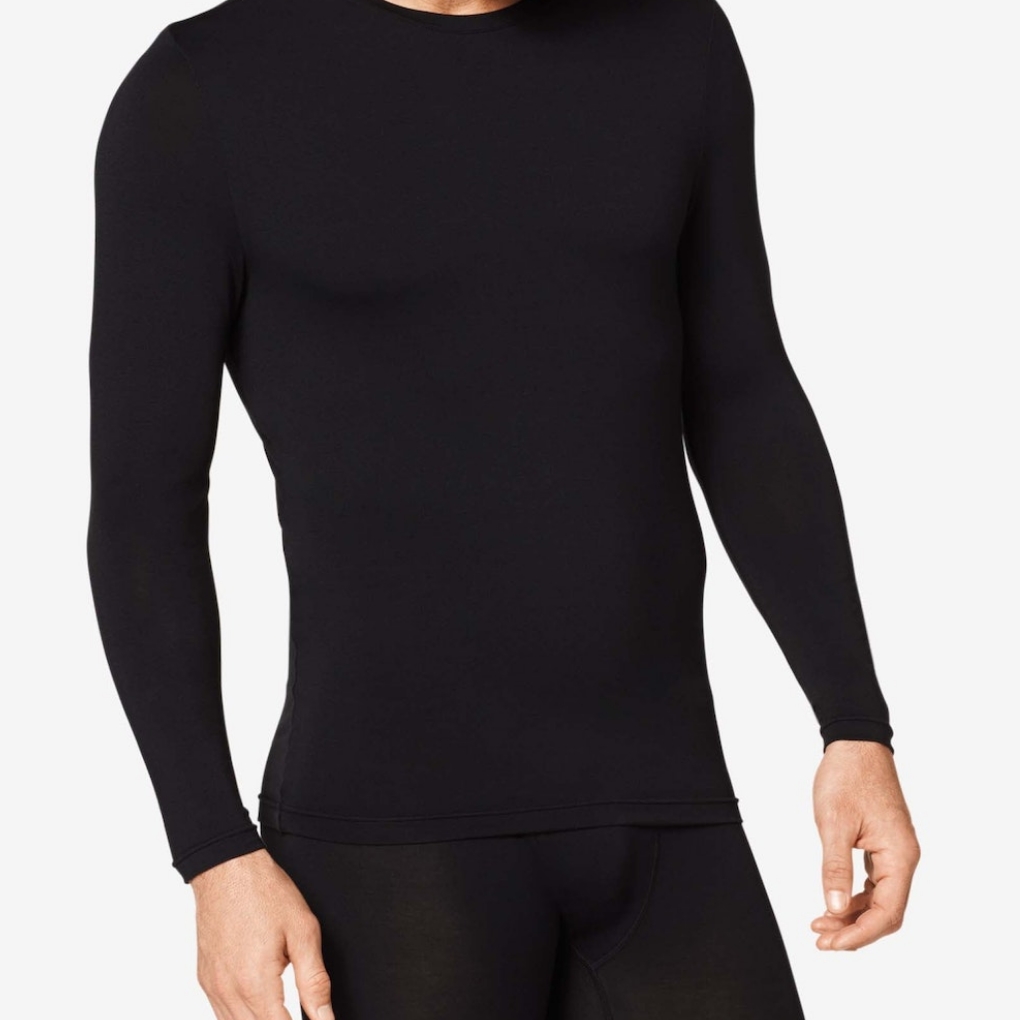
Tops: One or two layers, like a long-sleeve t-shirt (or base layer, mentioned above), plus a sweatshirt or sweater on top.
Bottoms: Jeans, pants, or a winter dress with warm leggings like these Women’s Primaloft ThermaStretch Fleece Tights from L.L.Bean.
Feet: Regular socks and close-toed shoes or boots work fine.
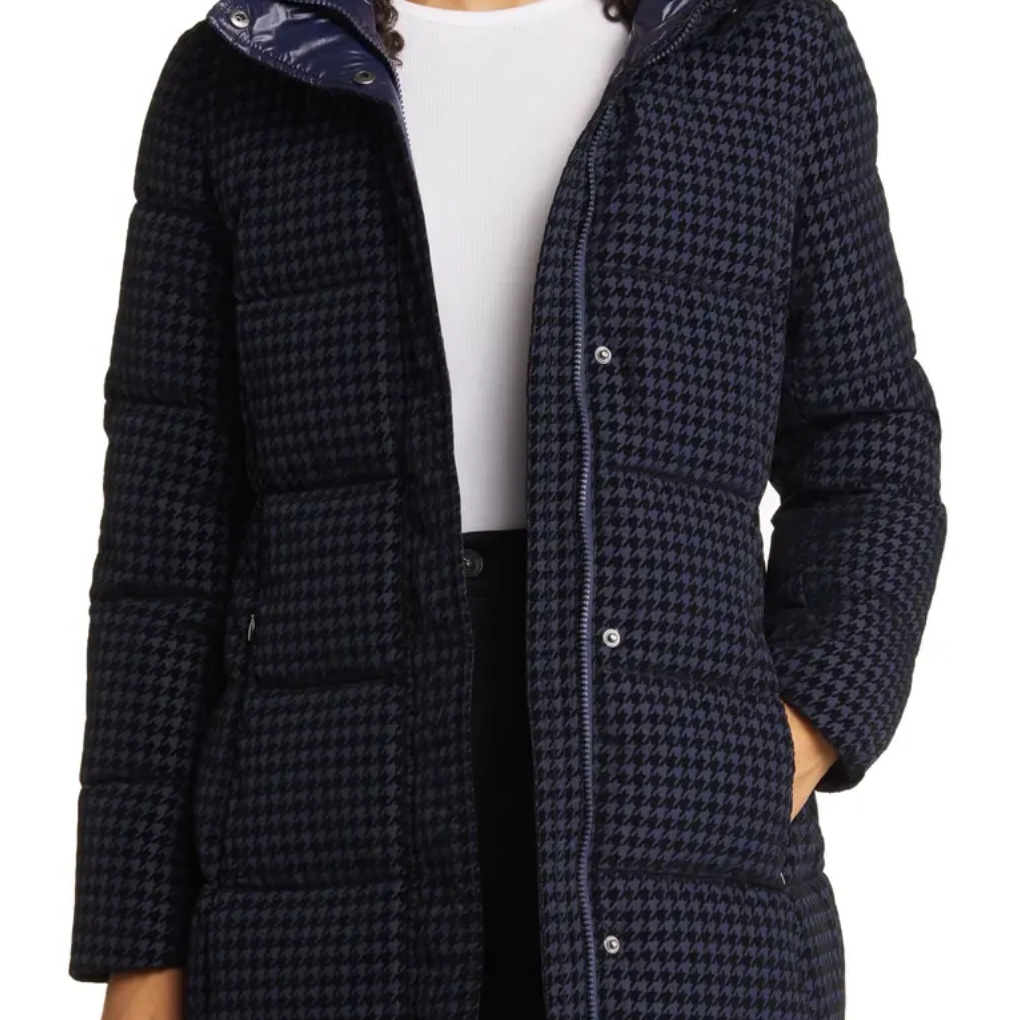
Jacket: At this temperature, you don’t need anything special, just a winter coat that keeps you warm. We like this hooded women’s Via Spiga Flocked Puffer Coat from Nordstrom with a warm polyester fill and subtle houndstooth design.
Plus: A hat, scarf, and gloves or mittens. You may not need to wear them all at once or all the time, but keep them with you. Adding a fashionable scarf, like this wool-blend Polo Ralph Lauren Reversible Windowpane Scarf for men from Macy’s, is an easy way to elevate an outfit.
How to Dress for 30-Degree Weather (-1° Celsius)
On the Fahrenheit scale, 32° is freezing, so at or below 32° you may experience snow or sleet. (Heads-up: Snow and sleet can still happen when the ground temperature is slightly warmer than 32° because of cold air aloft.) It’s also at this temperature and below that hypothermia and frostbite become a concern. At freezing temperatures, wear:
Base layer: Wear a set of heavyweight or midweight thermals, like these Columbia Men’s Omni-Heat Midweight Baselayer Crew top and Tights, under your other layers.
Tops: An insulating layer over your base layer in a warm fabric like flannel, fleece, wool, or cashmere, like this women’s Luxe Baby Cashmere Turtleneck Sweater from Quince, will keep you warm.
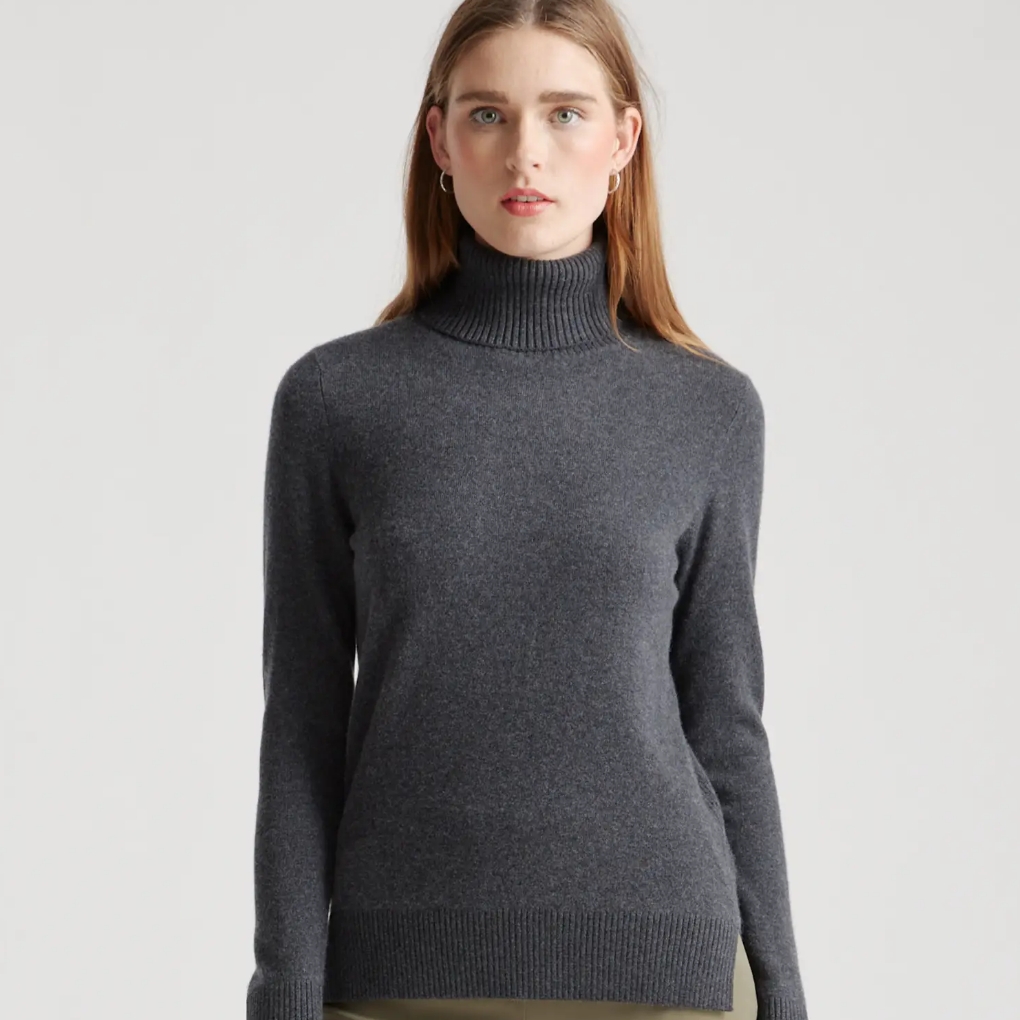
Bottoms: Pants or a winter dress with warm leggings. Plain denim jeans aren’t the best choice for warmth, but flannel-lined jeans, like these men’s fleece-lined jeans from Carhartt, will keep you warm.
Feet: Waterproof boots that reach the ankle or higher. If you’re outdoors doing sports, synthetic compression socks, like these men’s Pro Liner socks from Spyder, keep feet dry and improve circulation, too.
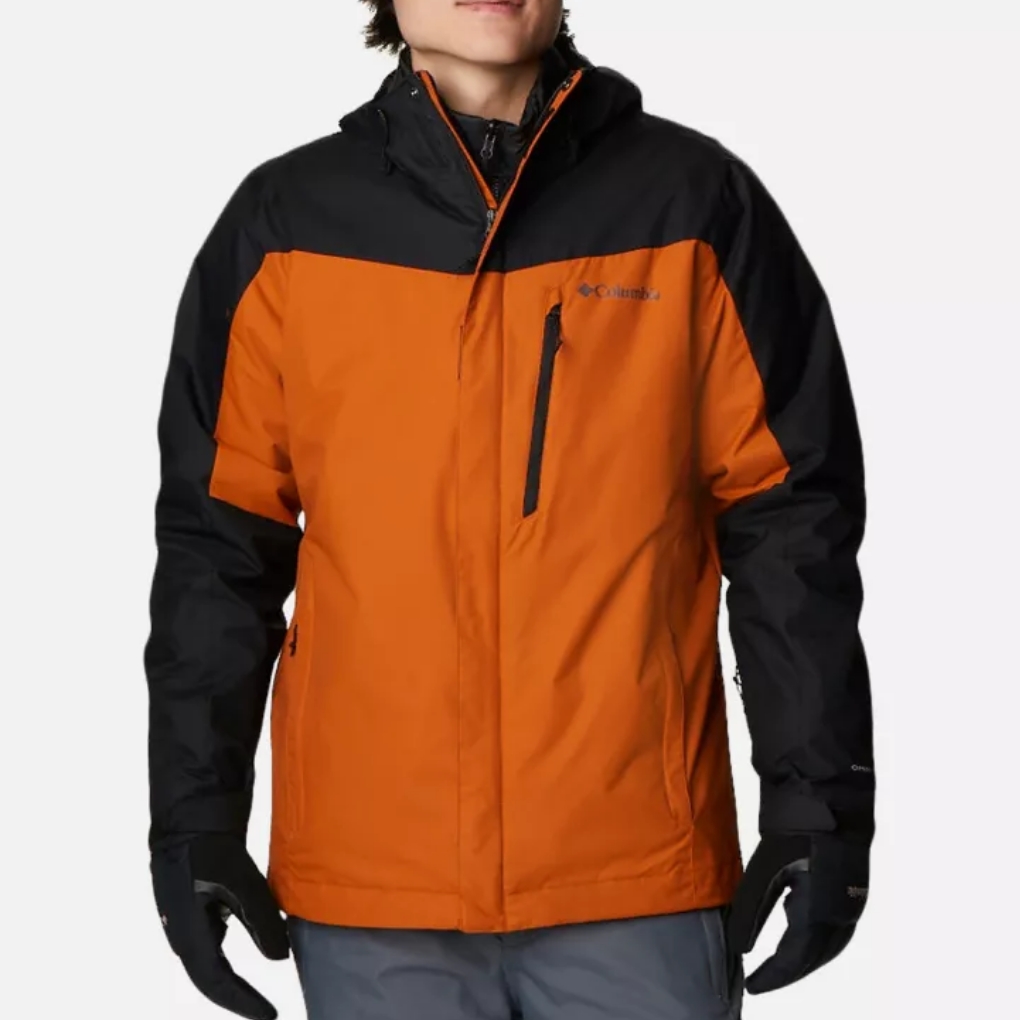
Jacket: A warm, waterproof winter jacket or ski jacket. The Columbia Men’s Whirlibird IV Interchange Jacket is a great choice because it’s made of two layers (a waterproof shell plus an insulated liner) that can be worn separately or together.
Plus: A hat, scarf, and gloves or mittens. Gloves or mittens are especially important, as your hands can go numb and lose dexterity at freezing temperatures. These Men’s Swift HT Ski Gloves from Helly Hansen are light but durable, breathable, windproof, and waterproof, making them a good choice for freezing temperatures.
How to Dress for 10-20 Degree Weather (-12° to -7° Celsius)
Significantly below freezing, 10°-20° F weather means dressing very warmly. Look into specialty outdoors and sporting gear that’s created specifically for cold weather if you’ll be spending long periods of time outside. At temperatures of 10°-20°, wear:
Base layer: Wear a set of heavyweight thermals under your other layers.
Tops: Add an insulating layer over your base layers, like a sweatshirt or sweater in a warm fabric. If your winter jacket doesn’t provide great insulation or you have a low tolerance for cold, you can add another layer.
Bottoms: Waterproof and windproof pants over your base layer if you’ll be spending time in the cold (and especially the snow). If you’ll only be out for short periods of time, regular pants over your base layer might be enough.
Feet: Waterproof boots that reach the ankle or higher and thick, warm socks. The women’s lace-up Joan of Arctic Boot from Sorel are great waterproof winter boots that can withstand heavy snow with a fun faux fur cuff for added style.
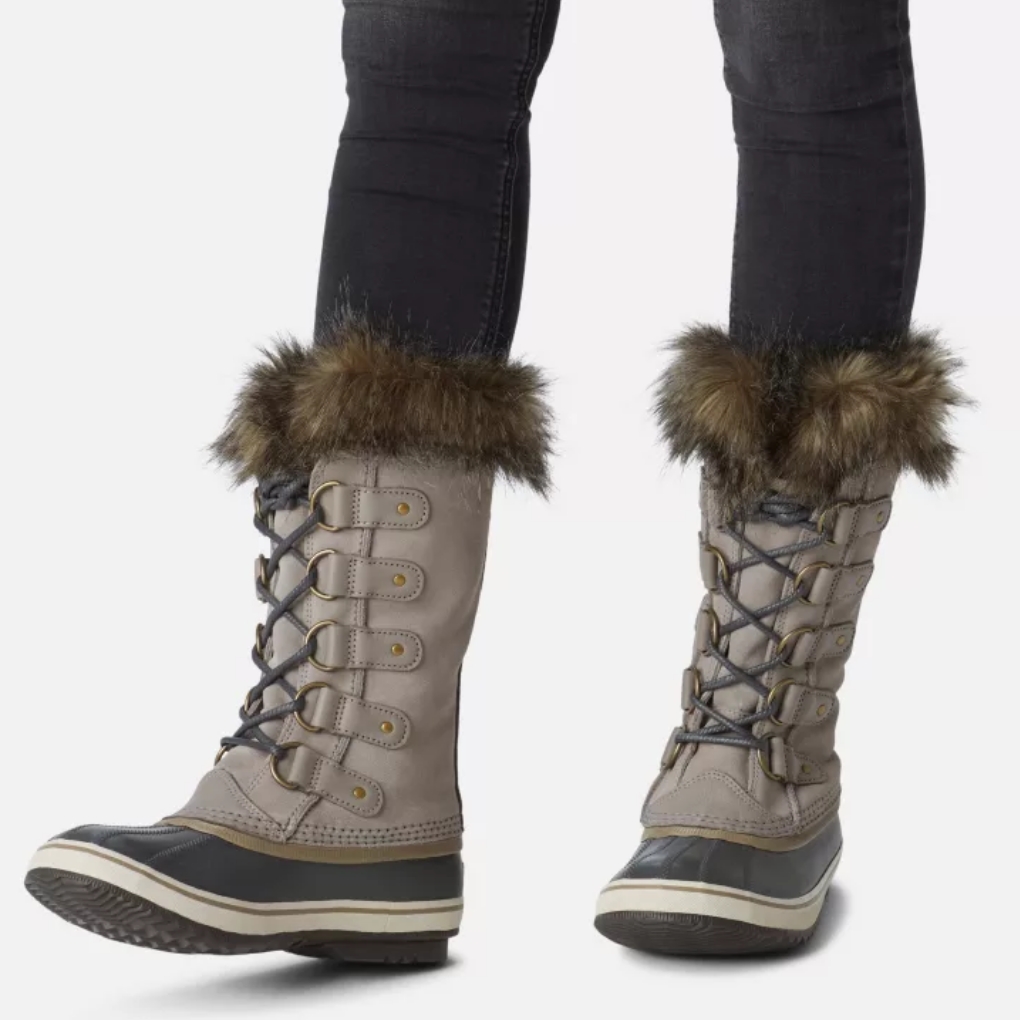
Jacket: A waterproof and insulated winter jacket. The Women’s Captivate Insulated Jacket from Spyder is made for skiing but is stylish off the slopes, too, and keeps you comfortable and warm with a waterproof exterior and insulating interior.
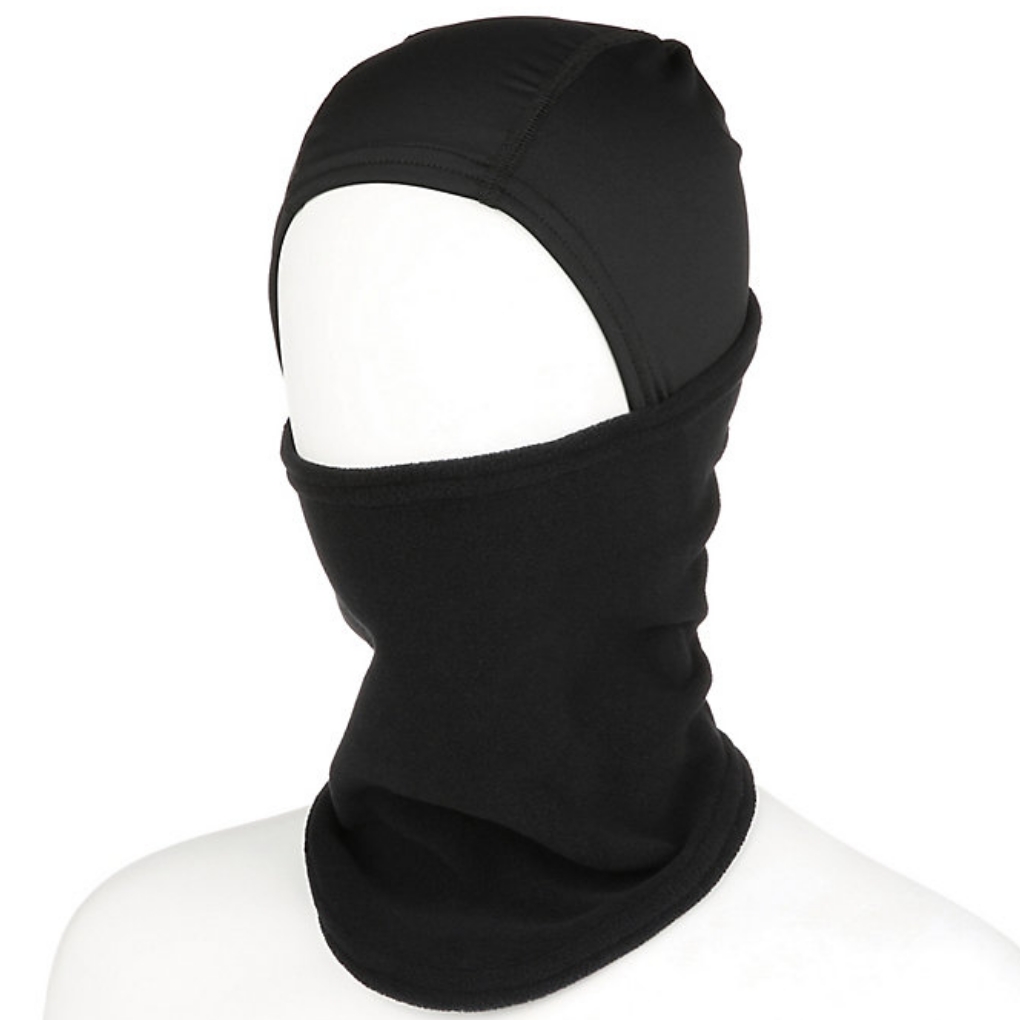
Plus: A hat, scarf, and gloves or mittens. Wear earmuffs or an ear band if your hat doesn’t cover your ears. A ski mask or balaclava that covers your face, like this unisex Wheelhouse Primaloft Convertible Balaclava from Moosejaw, is another good idea if you’ll be outside for long.
How to Dress for 0 Degree and Below Weather (-18° Celsius and Below)
Temperatures below 0° F are considered extreme cold. Limit your time in these cold temperatures, if possible, and when you are outside, make sure to cover exposed skin. At temperatures of 0° F and below, wear:
Base layer: Start with a set of heavyweight thermals under your other layers, like these women’s tops and bottoms from L.L.Bean in a quick-drying, moisture-wicking polyester blend.
Tops: Two insulating layers over your base, or just one if your jacket is extremely warm.
Bottoms: Warm, waterproof pants over your base layer. The women’s Corvara Softshell Pant from Backcountry is windproof, water resistant, breathable, and lined with microfleece for warmth.
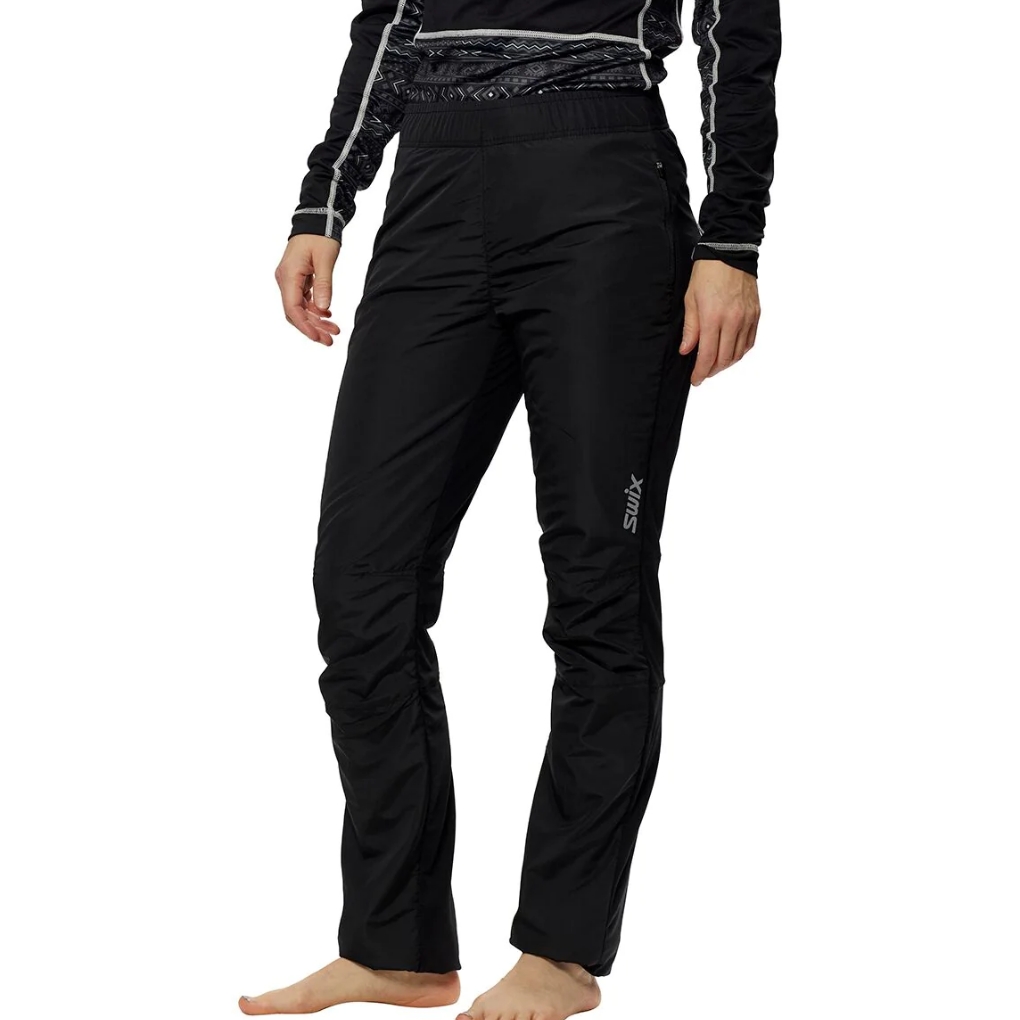
Feet: Warm, waterproof winter boots and thick, warm socks. UGG has excellent cold weather boots, like these men’s Emmet Duck Boots, weather rated to -32ºC (-25.6ºF).
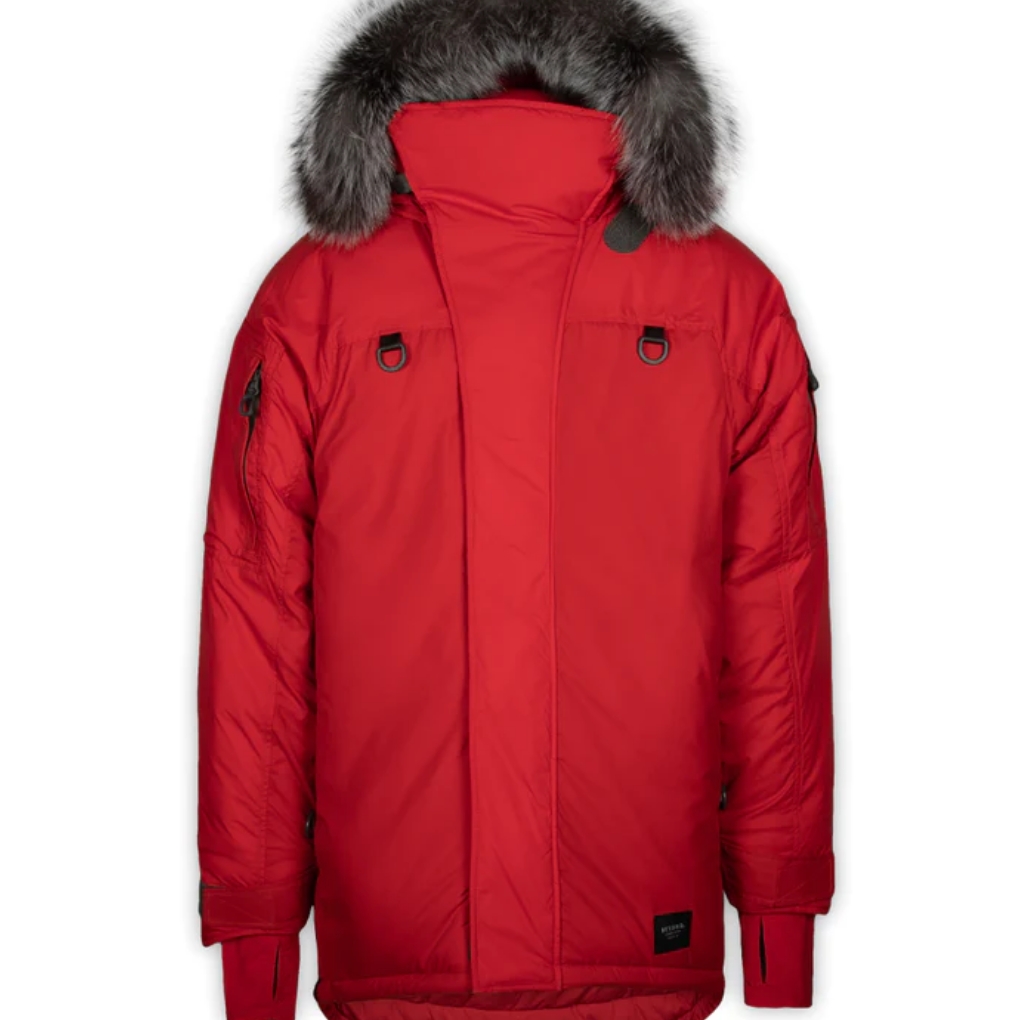
Jacket: A heavy-duty cold-weather jacket. The Allta Polar L8 Parka from Beyond Clothing is designed to keep you warm even in extreme conditions, retaining heat in temperatures as low as -70° F.
Plus: A thick winter hat that covers your ears, a scarf or other neck protection, and mittens (which are preferable to gloves at this temperature) are essential. A balaclava or ski mask is a good idea, too.

